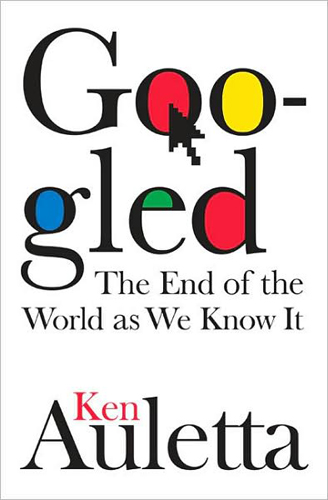A new study in the December 2009 Archives of Ophthalmology reports the beginnings of a new public health epidemic: a dramatic increase in nearsightedness (myopia). The authors compared the prevalence of myopia in Americans aged 12-54 in 1971-72 and 1999-2004. Prevalence of myopia increased from 25 percent of the population in 1971-72 to 41.6 percent in 1999-2004 — a 66.4 percent increase! Myopia increased for both blacks and whites (the only two racial categories investigated in the study) and for both men and women (the only two gender categories investigated in the study).
According to the article, genetics and environment both play a role in myopia. It cites several previous studies showing that people with more education are at greater risk, presumably because they’re more likely to spend a lot of time doing “up-close” work like reading and using computers. The authors note that although it’s easy to treat myopia with contact lenses or eyeglasses, the costs of having 25 percent of the population with myopia are about $2 billion per year.
So stop reading this, get outside, and throw that football around!
More seriously, I am counting the days until some advocate gloms onto this study to justify a tax on e-mails and social networking, the same way advocates have cited the costs of obesity, alcoholism, and smoking to justify higher taxes on “sins” like soda pop, alcohol, and cigarettes. (Yes, a soda pop tax was under discussion to fund this year’s health care bill!) In fairness to the study’s authors, I should note that they suggest no such thing.
Education is a risk factor for myopia, but I doubt anyone would propose a tax on education as a cure. Education, after all, is generally regarded as a good thing that generates significant private and social benefits. E-mails, Facebook, and Twitter, on the other hand, have a “fun” aspect that makes it much easier to classify them as sins in the same category as getting drunk, smoking, and sipping Coca-Cola. They may also be addictive; anybody heard the term “crackberry”?
There are, of course, some counter-arguments:
- The biggest costs of myopia are borne privately; they are not “externalities” imposed on unwilling recipients. I always wear glasses because I simply hate having blurred vision. My daughter asked for eyeglasses because she couldn’t read the blackboard from the back of the classroom. Bumping into and tripping over things are also costs of myopia that are borne almost completely by the person who has myopia. Those are pretty strong incentives to get it corrected or change behavior to reduce the risk of becoming myopic. Therefore, an e-mail or social networking tax would not likely have a marginal effect on myopia.
- Social costs of myopia can be corrected with targeted, less restrictive alternatives. My state driver’s license has a restriction saying I have to wear glasses or contacts to drive. This controls the aspect of my myopia that poses the biggest risk of harm to other people.
- To the extent that treating myopia is costly, we can find ways to reduce the cost. For example, James C. Cooper’s research has found that online vendors and warehouse clubs sell contact lenses for 20 percent less than other brick-and-mortar sellers. State laws or regulations that prevent online sales, or prevent warehouse clubs from selling contacts, increase the cost of treating myopia substantially.
- A majority of the population does not have myopia! For them, an e-mail tax would merely siphon money from their electronic wallets or induce them to cut back e-mail use with no effect on the social ills the tax is supposed to cure. These folks are like the responsible majority who drink rum, cola, or both in moderation and just keep paying the taxes.
That last analogy reminds me — those counter-arguments might apply to a lot of existing sin taxes too!

 ACT represents the interests of software companies, but today we’ve released a
ACT represents the interests of software companies, but today we’ve released a 
 The Technology Liberation Front is the tech policy blog dedicated to keeping politicians' hands off the 'net and everything else related to technology.
The Technology Liberation Front is the tech policy blog dedicated to keeping politicians' hands off the 'net and everything else related to technology.